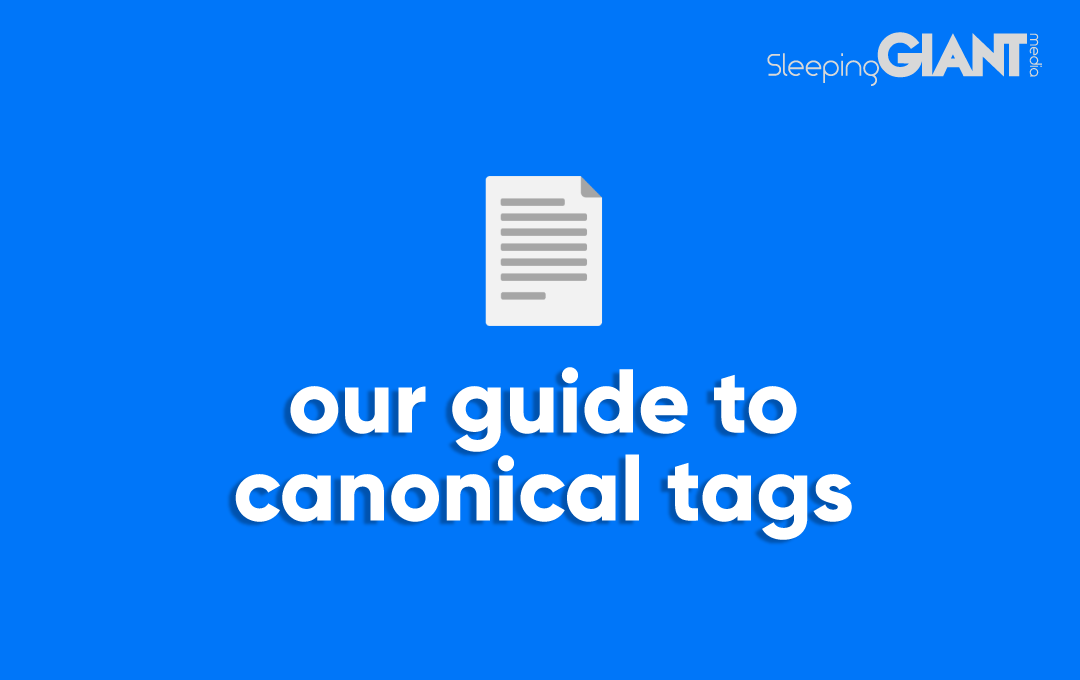Canonical tags help websites avoid duplicate content issues. They tell search engines which page is the main one. This is very important for SEO.
What Are Canonical Tags?
Canonical tags are HTML elements. They help search engines understand the preferred version of a webpage. This is useful when you have similar or duplicate content.

Credit: www.sleepinggiantmedia.co.uk
Why Are Canonical Tags Important?
Search engines may get confused with duplicate content. Canonical tags help guide them. They make sure the right page gets indexed. This prevents issues with SEO.
How to Implement Canonical Tags
Implementing canonical tags is easy. Follow these steps:
- Identify duplicate or similar pages.
- Choose the main page you want to keep.
- Add a canonical tag to the duplicate pages.
Step 1: Identify Duplicate Or Similar Pages
Look for pages with similar content. These can confuse search engines. Examples include:
- Product pages with slight variations
- Blog posts with similar topics
- Pages with different URLs but same content
Step 2: Choose The Main Page
Decide which page is the main one. This is the page you want search engines to index. It should have the best content and most links.
Step 3: Add A Canonical Tag
Add the canonical tag to the duplicate pages. The tag looks like this:
Replace "https://www.example.com/main-page" with the URL of your main page. This tells search engines that the main page is the preferred version.
Common Mistakes to Avoid
Here are some common mistakes when using canonical tags:
- Not using canonical tags at all
- Pointing all pages to the homepage
- Using the wrong URL in the tag
- Having multiple canonical tags on one page
Avoid these mistakes to keep your SEO in good shape.

Credit: www.semrush.com
Benefits of Using Canonical Tags
Canonical tags offer many benefits. These include:
- Preventing duplicate content issues
- Improving search engine rankings
- Ensuring the right page gets indexed
- Keeping your site organized
Using canonical tags helps your site perform better.
Examples of Canonical Tags in Use
Here are some examples of when to use canonical tags:
| Scenario | Canonical Tag |
|---|---|
| Similar product pages | |
| Duplicate blog posts | |
| Same content, different URLs |
Frequently Asked Questions
What Is A Canonical Tag?
A canonical tag is an HTML element. It helps prevent duplicate content issues.
Why Use Canonical Tags On My Website?
Canonical tags consolidate duplicate URLs. They improve SEO by directing search engines to the preferred version.
How To Implement A Canonical Tag?
Add the canonical tag in the HTML head section. Use the rel="canonical" attribute with the preferred URL.
Conclusion
Canonical tags are important for SEO. They help prevent duplicate content issues. They ensure the right page gets indexed. Follow the steps above to implement them. Keep your site organized and improve your search engine rankings.